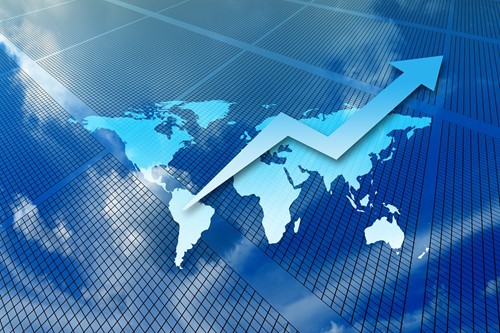
The World Bank reckons that Latin America and the Caribbean (LAC) could experience a growth rate at 6.3%. Indeed, a significant number, yet insufficient to survive the 6.7% shrinkage of 2020 as a result of the blow inflicted by COVID-19 to the region.
Coping with the situation, the World Bank has granted LAC landmark borrowing facilities for a record of US$ 29.1 billion from the very beginning of the crisis in April 2020 and throughout fiscal year 2021, ending in June 2021.
With this move, the World Bank expects a quicker recovery, not only from COVID-19, but also from all social troubles that had led the LAC region to the brink of the abyss at the end of 2019. The health crisis of 2020 augmented such troubles and hit the most vulnerable sectors, the preferred recipients of the World Bank aid.
The World Bank considers that Colombia, Chile and El Salvador revived nicely in 2021, to such an extent that they could catch up with their respective economic growth rate prior to the crisis.
On the other side of the street, the economic metrics for Mexico were not that handsome. In 2020, the domestic economic growth slid 8.3%. To date, the economic recovery stands at 5.7%, a belated improvement despite the significant bilateral trade with the United States.
Of note, the United States has greatly contributed to the economic growth of its neighboring nations, not only concerning trade, but also remittances, particularly in the aftermath of the coronavirus pandemic.
For William Maloney, Chief Economist for the Latin American and Caribbean (LAC) region, on average, governments are losing about 4.4% of GDP in inefficiencies in public spending, including procurement of goods and services. There are some other subsidies, for instance, energy, petroleum, electricity, which rather favour the wealthiest sectors and they are extremely expensive.
Maloney clarifies that it is not that they are improperly used, but they could be used in a better way. The World Bank suggests higher capital investment in education. For this reason, a portion of the US$ 29.1 billion granted to the LAC region will go to all the educational levels, that is, elementary, secondary and university levels.
In Colombia, for instance, the World Bank awarded US$ 320 million to a scholarship project so as to give the low-income youth access to higher education.
The total amount received by the region includes US$ 14.5 billion from the International Bank for Reconstruction and Development (IBRD) and the International Development Association (IDA); US$ 10.8 billion from the International Finance Corporation (IFC) to stimulate sustainable development driven by the private sector, and US$ 3.8 billion in collaterals from the Multilateral Investment Guarantee Agency (MIGA).
Similarly, hefty contributions for infrastructure are necessary for telework, a thriving sector amidst the pandemic that has proved to be very helpful for a stronger economy.
The World Bank has also focused on helping countries to strengthen responsiveness before the pandemic, improve the health system and assist the private sector in maintaining its operations and retaining jobs, given the dull estimates for the upcoming years.
Economic growth in Latin America and the Caribbean in the next couple of years is expected to decline below 3%, bringing along the return of the low rates of the decade.
